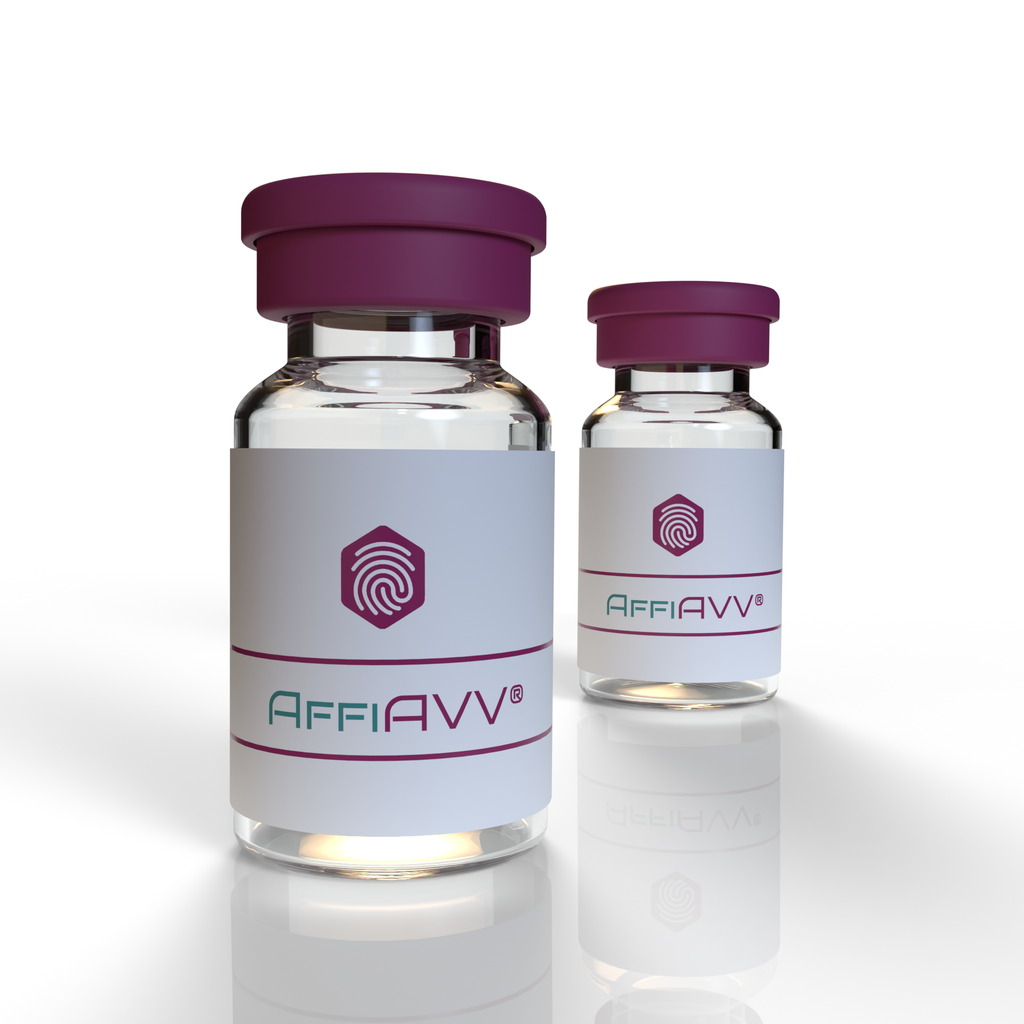rAAV-VGLUT1-EYFP-WPREs
rAAV-VGLUT1-EYFP-WPREs is a recombinant adeno-associated virus (rAAV) vector designed for targeted gene delivery. Here are the key components and features:
- Vesicular Glutamate Transporter 1 (VGLUT1) Promoter: Drives expression specifically in glutamatergic neurons.
- Enhanced Yellow Fluorescent Protein (EYFP): Provides a fluorescent marker for visualization of expression.
- Woodchuck Hepatitis Virus Post-transcriptional Regulatory Elements (WPREs): Enhances transgene expression and stability.
Application of rAAV-VGLUT1-EYFP-WPREs
This rAAV vector is primarily used in neuroscience research for visualizing and studying glutamatergic neurons. The VGLUT1 promoter ensures neuron-specific expression in glutamatergic neurons, making it suitable for studies on neural circuits and excitatory neurotransmission.
Advantage of rAAV-VGLUT1-EYFP-WPREs
The combination of the VGLUT1 promoter and EYFP allows for specific targeting and visualization of glutamatergic neurons. The inclusion of WPREs enhances the overall expression levels and stability of the transgene. This vector is a powerful tool for studies requiring targeted gene expression with high specificity and efficiency.
Detailed Applications of rAAV-VGLUT1-EYFP-WPREs
Neuronal Labeling and Visualization:
- Enables specific labeling and visualization of glutamatergic neurons using EYFP fluorescence.
- Useful for mapping the distribution and morphology of glutamatergic neurons.
Neural Circuit Mapping:
- Helps in mapping and understanding the role of glutamatergic neurons in neural circuits.
- Can be used in conjunction with other techniques to reveal functional connectivity in the brain.
Behavioral Studies:
- Facilitates the study of how glutamatergic neurons influence behavior.
- Can be used to investigate the neural basis of various behavioral phenomena and neurological disorders.
Synaptic Transmission Studies:
- Useful for studying the role of glutamatergic neurons in excitatory synaptic transmission.
- Can aid in understanding the mechanisms underlying synaptic plasticity and neurotransmitter release.
Disease Models:
- Useful in modeling neurological diseases where glutamatergic neurons play a role.
- Can aid in preclinical research for developing therapeutic strategies targeting these specific neurons.
Fluorescent Imaging:
- EYFP allows for visualization of infected neurons under a fluorescence microscope.
- Aids in verifying transduction efficiency and expression patterns.
This vector is an invaluable resource for researchers aiming to visualize and study specific neuronal populations with precision, providing a robust platform for various genetic and functional studies in neuroscience.
